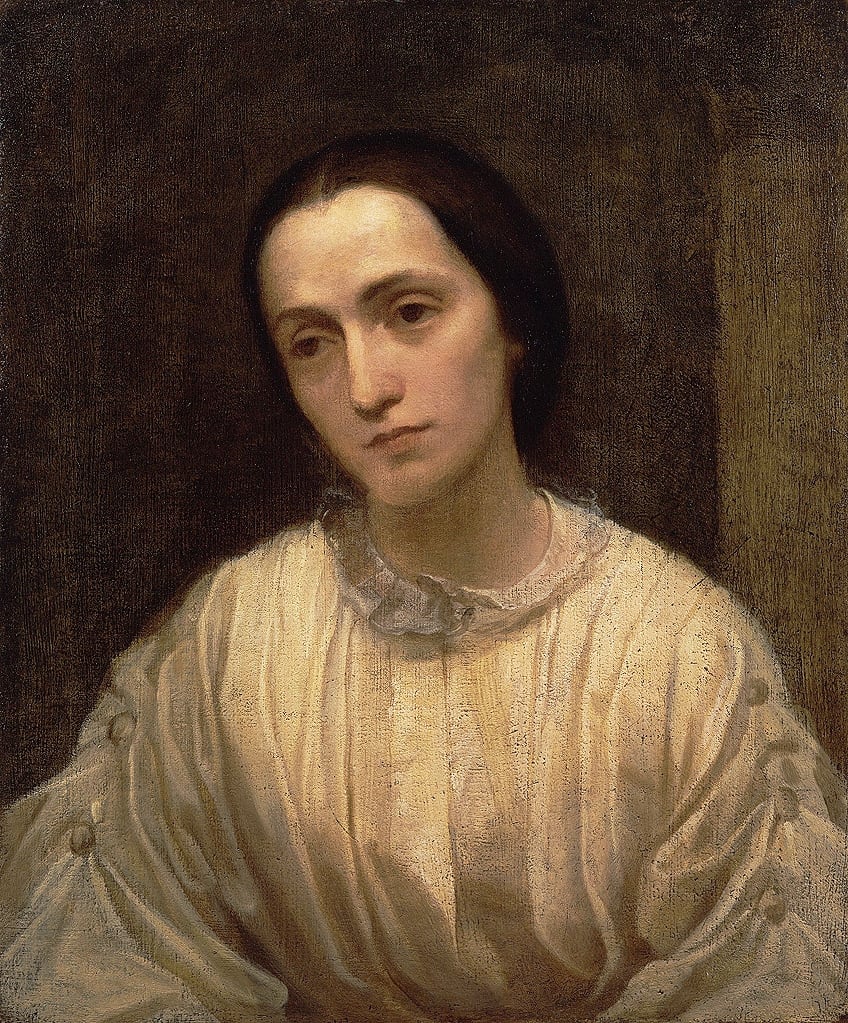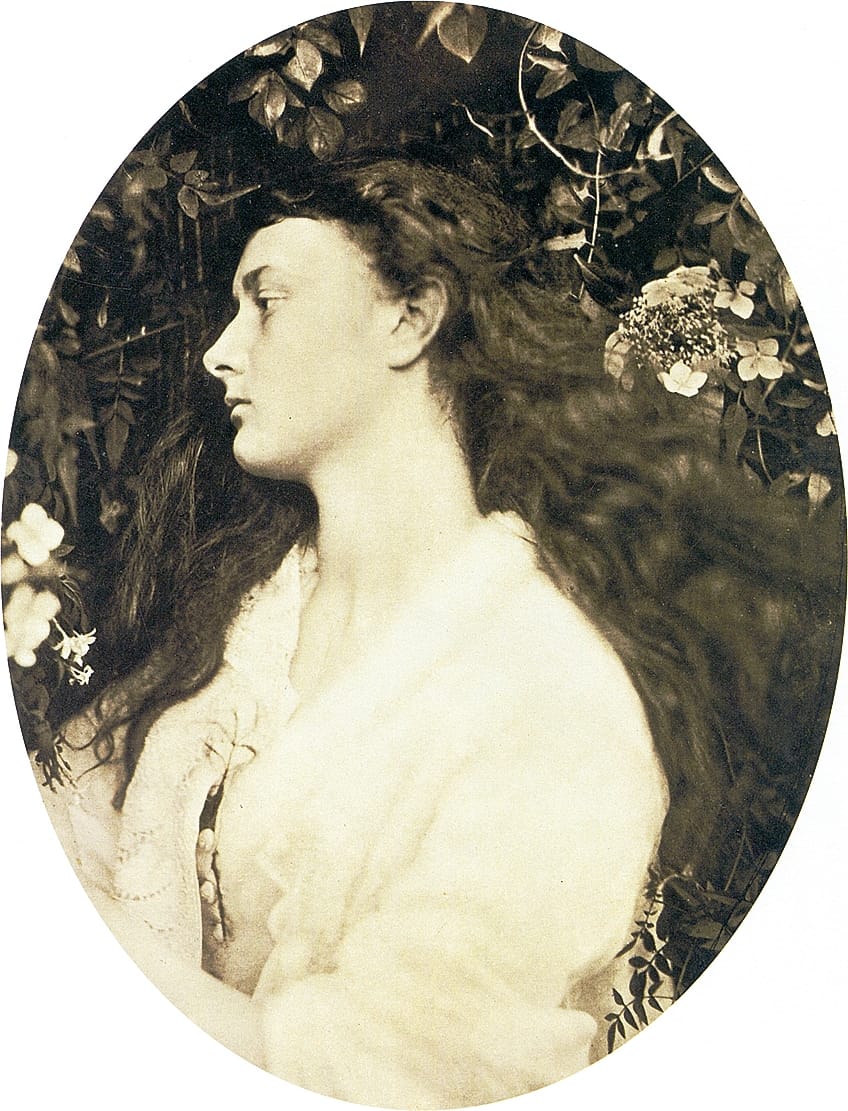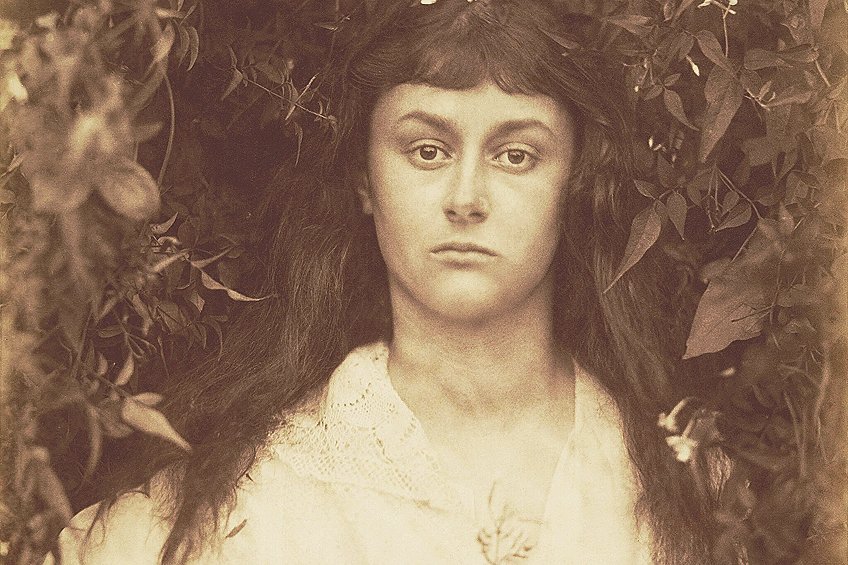Julia Margaret Cameron – Pioneering Portraitist of the Victorian Era
Julia Margaret Cameron, a pioneering figure in the history of photography, captivated the Victorian era with her visionary approach to the medium. Born in Calcutta in 1815, Cameron’s journey into photography began later in life, in her early forties, yet her impact reverberates through the annals of artistic expression. Renowned for her emotive portraits and allegorical compositions, Cameron’s work transcended mere documentation, imbuing her subjects with profound depth and spiritual resonance. Through her mastery of soft focus and dramatic lighting, she transformed the art of photography into a medium for storytelling and introspection. Cameron’s legacy endures not only for her technical innovation but also for her unwavering commitment to capturing the beauty and humanity of her subjects, leaving an indelible mark on the evolution of photographic artistry.
Key Takeaways
- Julia Margaret Cameron was a notable 19th century British portrait photographer with a distinctive soft-focus style.
- She began her photographic career in middle age and challenged the conventional techniques of her time.
- Cameron’s contributions greatly influenced the development of fine art photography and pictorialism.
Early Life and Inspirations
| Birth | June 11, 1815 |
| Death | January 26, 1879 |
| Place of Birth | Calcutta, British India (now Kolkata, India) |
| Notable Artworks |
|
Julia Margaret Cameron was one of the most significant portrait photographers of the 19th century, notable for her pioneering contribution to the field of photography. Born as Julia Margaret Pattle in 1815, she became Cameron after marrying Charles Hay Cameron. Her work was characterized by an ethereal, soft-focus quality that brought out her subjects’ character and emotional depth. Her portraits often featured prominent Victorian individuals and she was known for her ability to capture the intimacies and intricacies of the human face and form.

Cameron took up photography at the relatively late age of 48, after receiving a camera as a gift from her daughter and son-in-law. Despite her late start and the initial criticisms of her technique, Cameron’s work has had a lasting impact on the art of photography. Her methods, including lengthy exposure times and a penchant for soft focusing, were unconventional at the time but have since been recognized as precursors to modernist and pictorialist styles.
Her artistic vision transcended the standard portrait-making of her era and delved into illustrative photography, inspired by mythology, Christianity, and literature.
Childhood
Julia Margaret Cameron was born as Julia Margaret Pattle in Calcutta, India, on June 11, 1815. Her childhood was spent in a culturally and socially dynamic environment due to her father’s position with the East India Company.
Family Background
She was one of seven sisters from the Pattle family. Cameron’s father, James Peter Pattle, belonged to a family historically associated with the East India Company, and her mother, Adeline Marie, had French ancestry. This diverse lineage contributed to Cameron’s broaden perspective on the world.

Education and Early Training
Details about her formal education are limited, but it is known that her early life amid the elite circles of British India, combined with the intellectual prosperity of her family, provided Cameron with an eclectic education that later influenced her artistic endeavors.
Mature Period
As an adult, Julia Margaret Cameron married Charles Hay Cameron, a jurist in Ceylon, and the couple settled there. They managed a coffee plantation and raised their family of six children. During this mature period of her life, she was exposed to the lush landscapes and rich cultures of Ceylon, which would later inspire the mystical and ethereal qualities of her photography.

Late Period
Cameron received her first camera in 1863 when she was 48 years old, marking the beginning of her late period. It was during these years that she fully explored her passion for photography, influenced by her experiences and the people she encountered throughout her life.
Her late period is characterized by arresting portraits and illustrative images that carry the nuances of her rich life experiences.
Photographic Career and Style
Julia Margaret Cameron was a seminal figure in 19th-century photography, known for her pioneering techniques and significant portraits. Cameron’s photographic career redefined Victorian portrait photography with her stylistic elements and marked influence in the field.

Pioneering Techniques
Cameron began her foray into photography later in life at age 48 when she received a camera as a gift. Camera: Initially utilizing the complicated wet collodion process, she manipulated this method to enhance the emotional impact of her images. This technique involved coating a glass plate with collodion and sensitizing it before immediate exposure and development.
Despite—or perhaps because of—the arduous process, Cameron succeeded in producing compelling works with a distinct style.
Significant Portraits
Cameron’s portrait studio on the Isle of Wight became a cultural hub, attracting London’s cultural elite. Her portraits were not merely images; they captured the essence and character of Victorian Britain’s most prominent figures. Among her most cherished works are the soft-focus close-ups of these distinguished men and fair women, created through a meticulous process that set them apart from conventional portraits of the time. Notable subjects of Cameron’s photography included:
- John Herschel
- Charles Darwin
- Henry Taylor
- Alfred Lord Tennyson
- Sir John Herschel
- George Frederic Watts

Stylistic Elements
Cameron is widely celebrated for her unique approach to photography, marked by the use of soft focus, which imbued her photographs with a dreamlike quality. Her subjects often appear ethereal and otherworldly, aligning with the allegorical and Pre-Raphaelite influences of the time.
Photographs: She frequently employed long exposures, lending a sense of movement and life to her Victorian photographs.
Influences in Photography
Cameron’s work extended far beyond portraiture. She produced allegorical and illustrative images, depicting scenes from mythology and Christianity, which resonated with the artistic sensibilities of Victorian Britain. Her influence is woven into the fabric of photographic history, inspiring countless photographers through her emotive portrayals and narrative-driven compositions. Cameron’s photographs often featured soft-focus close-ups that would ultimately influence the pictorialist movement and establish her legacy in the annals of photographic art.

Notable Photographs
Julia Margaret Cameron’s work in photography, although spanning a relatively brief period of time, generated numerous notable photographs that have garnered the attention of art historians and critics. Her portraits often captured illustrious Victorian personalities with a characteristic soft-focus effect and a strong emotional depth. One of the most significant subjects she photographed was the poet Alfred Tennyson. Her photograph titled “Alfred, Lord Tennyson” is amongst her most recognized works, contributing to the visual legacy of one of England’s most beloved poets.
The photograph embodies a level of intimate detail that reflects the personal relationship they shared; Tennyson was her neighbor at Little Holland House.
In her literary circles, Cameron also photographed Thomas Carlyle, a philosopher and historian whose portrait is revered for its somber intensity and the tangible character it captures. Another prominent figure was Julia Jackson, Cameron’s niece, known for both her striking beauty and her familial connection to Virginia Woolf. Jackson was a recurring subject, representing an idealized vision of both womanhood and maternal grace in Cameron’s photographs. Besides her portraits, Cameron produced a series of photos with subjects drawn from mythology, Christianity, and literature, using friends and family as models. These photographs were also communicated through letters and other correspondences, expanding her influence in the field of literary and artistic photography.
Cultural Impact
Julia Margaret Cameron’s photography has made a significant impact on the cultural landscape, with her work being celebrated in major exhibitions and influencing the evolution of modern photography. Her contributions extend beyond images; she has also enriched the arts with her letters and written works, which provide insight into her creative process.

Exhibitions and Collections
The work of Julia Margaret Cameron has been featured in numerous exhibitions around the world. Particularly noteworthy is the South Kensington Museum, now known as the Victoria and Albert Museum (V&A), where Cameron’s photographs have been displayed. The V&A hosts a magnificent collection of her portraits and is an essential site for those seeking to explore 19th-century art through the lens of Cameron’s camera.
These exhibits serve as a testament to her lasting impact on the artistic community and provide a comprehensive view of her work.
- Victoria and Albert Museum (V&A)
- Art Institute of Chicago
- Metropolitan Museum of Art
Influence on Modern Photography
Cameron’s distinctive soft-focus technique and enchanting portrayal of her subjects have influenced an array of modern photographers. Her emphasis on capturing the emotional essence and inner qualities of men and women, rather than standard stiff poses, revolutionized portrait photography. Critics of her time who once challenged her departure from rigid technical precision, have inadvertently highlighted the innovative and emotive aspects of her artistry that continue to inspire photographers today.
- Emotional intimacy: Distinguishing feature in modern portraiture.
- Soft focus: Continues to influence contemporary photography aesthetics.

Letters and Written Work
In her publication, Annals of My Glass House, Cameron provided a compelling account of her photography, which has extended her cultural impact beyond her visual works. Her elaborate letters and written commentary, often intertwined with the upper echelons of the Victorian society and French aristocracy, have offered deep insights into her methodologies and the photographic establishment of her era.
Legacy of Julia Margaret Cameron
Cameron left a legacy that has persisted long after her passing. Her approach to photography created bridges to other art forms, particularly Pre-Raphaelite paintings, due to her focus on beauty, composition, and the rich narratives of her subjects. This synergy has placed her among the most revered photographers in the annals of art history. She offered a unique lens through which the world viewed women and men, shifting perspectives and setting new precedents for the future of portrait photography.

Julia Margaret Cameron’s legacy in the realm of photography remains as enduring as it is influential. Through her innovative techniques and unwavering dedication to her craft, Cameron transcended the limitations of her time, reshaping photography into a medium of artistic expression and emotional resonance. Her ability to infuse her portraits with profound depth and narrative complexity continues to inspire contemporary photographers and artists alike. As we reflect on her contributions, Cameron’s work serves as a testament to the power of photography to not only capture fleeting moments but also to transcend time, weaving stories that resonate across generations. In celebrating her legacy, we honor not only a pioneering figure in the history of photography but also a visionary artist whose impact continues to shape the trajectory of the medium.
Frequently Asked Questions
What Is the Signature Style of Julia Margaret Cameron’s Photography?
Julia Margaret Cameron is recognized for her soft-focus approach and close-up portraits. She frequently captured the delicate features of her subjects, often illuminating famous Victorian figures, mythological characters, and literary personas in a dreamlike aesthetic.
Which Photograph Is Considered Julia Margaret Cameron’s Masterpiece?
The Echo is often regarded as Julia Margaret Cameron’s masterpiece, capturing the ethereal and emotive qualities that define her stylistic contributions to photography.
What Was the Reception of Julia Margaret Cameron’s Work During Her Lifetime?
Julia Margaret Cameron’s photography was met with mixed reviews during her lifetime. While some critics were skeptical of her unconventional techniques, others praised her ability to capture the depth of her subjects’ personas and emotions. Despite criticism, she remained a pioneering figure in portrait photography.
Isabella studied at the University of Cape Town in South Africa and graduated with a Bachelor of Arts majoring in English Literature & Language and Psychology. Throughout her undergraduate years, she took Art History as an additional subject and absolutely loved it. Building on from her art history knowledge that began in high school, art has always been a particular area of fascination for her. From learning about artworks previously unknown to her, or sharpening her existing understanding of specific works, the ability to continue learning within this interesting sphere excites her greatly.
Her focal points of interest in art history encompass profiling specific artists and art movements, as it is these areas where she is able to really dig deep into the rich narrative of the art world. Additionally, she particularly enjoys exploring the different artistic styles of the 20th century, as well as the important impact that female artists have had on the development of art history.
Learn more about Isabella Meyer and the Art in Context Team.
Cite this Article
Isabella, Meyer, “Julia Margaret Cameron – Pioneering Portraitist of the Victorian Era.” Art in Context. March 12, 2024. URL: https://artincontext.org/julia-margaret-cameron/
Meyer, I. (2024, 12 March). Julia Margaret Cameron – Pioneering Portraitist of the Victorian Era. Art in Context. https://artincontext.org/julia-margaret-cameron/
Meyer, Isabella. “Julia Margaret Cameron – Pioneering Portraitist of the Victorian Era.” Art in Context, March 12, 2024. https://artincontext.org/julia-margaret-cameron/.









